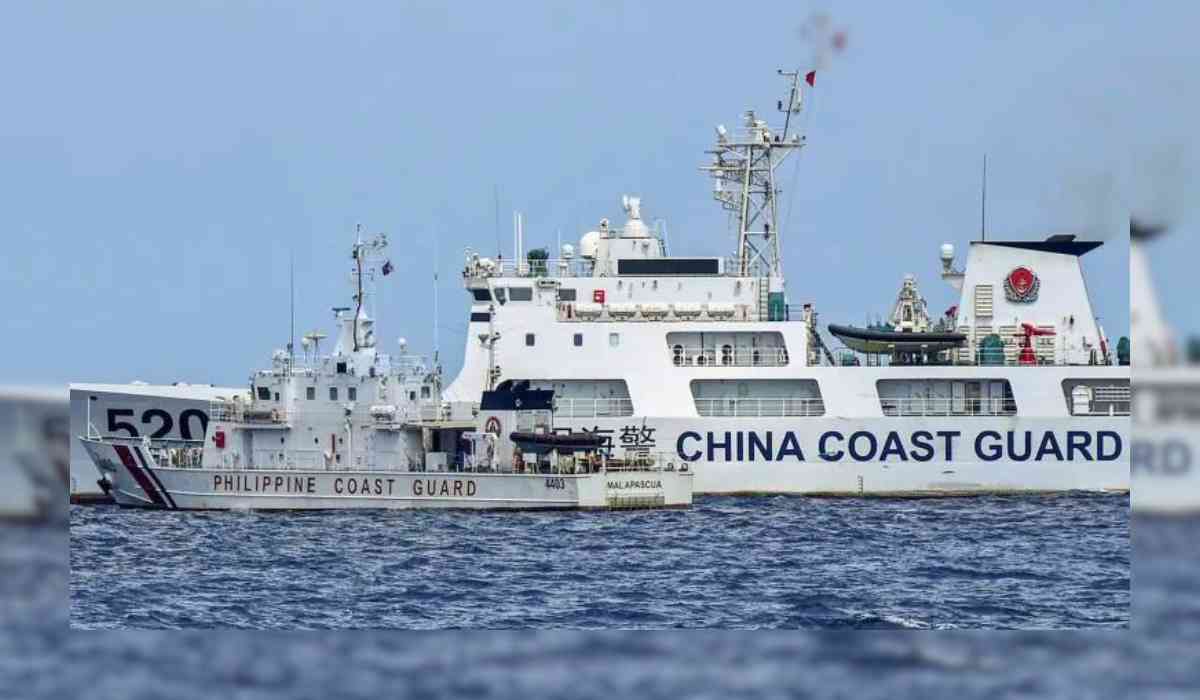The territorial dispute in the South China Sea, particularly between China and the Philippines (West Philippine Sea), is a complex issue with historical roots and international implications. The region's complexities involve not only these two nations but also other claimant states—Brunei, Indonesia, Malaysia, Taiwan, and Vietnam—resulting in a wider geopolitical context.
The conflict's historical backdrop involves different claims based on historical rights and territorial boundaries.
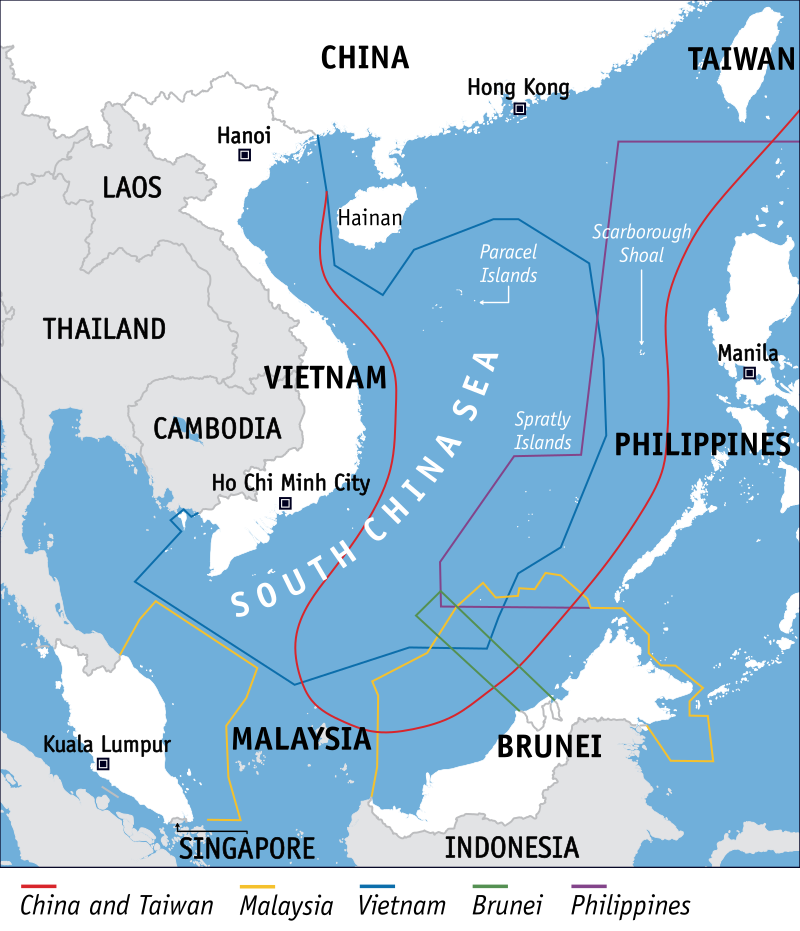
China asserts its expansive claims through the controversial "nine-dash line," while the Philippines bases its position on the United Nations Convention on the Law of the Sea (UNCLOS). UNCLOS, in effect since 1994, outlines maritime entitlements such as exclusive economic zones (EEZ) and territorial waters. However, varying interpretations of UNCLOS have contributed to the ongoing disagreement.
A timeline of the dispute highlights important moments, including the 1995 Mischief Reef standoff, during which China constructed structures in waters claimed by the Philippines. In response to China's assertiveness, the Philippines lodged a case with the Permanent Court of Arbitration (PCA) in 2013, questioning China's claims. The PCA's 2016 ruling favoured the Philippines, stating that China's historical claims lacked legal foundation. However, despite the ruling, tensions have continued.
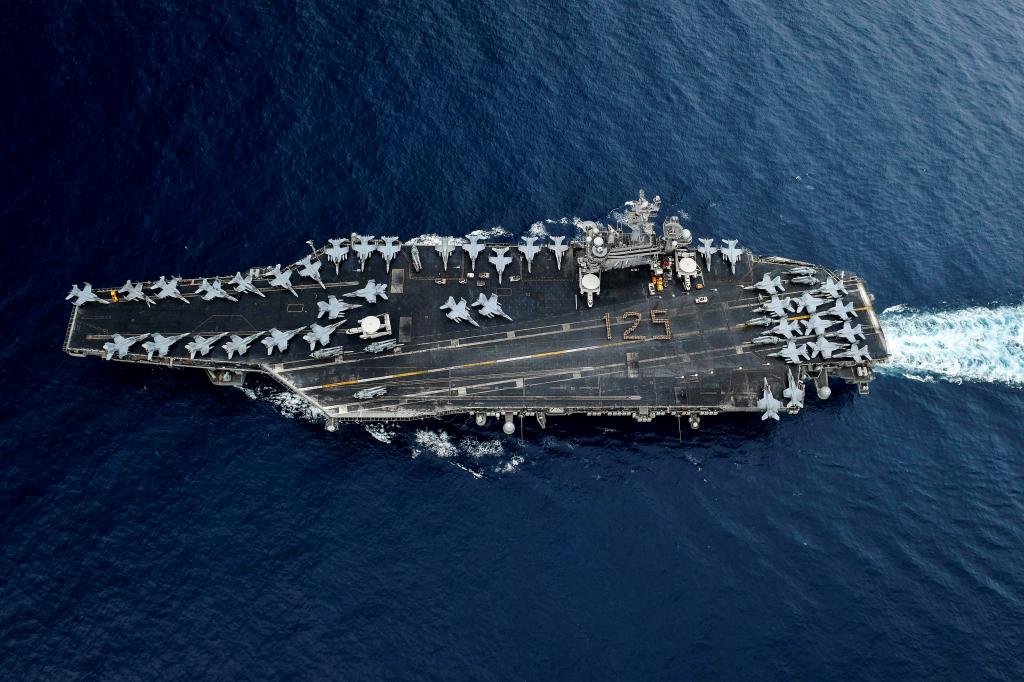
US NAVY SHIP PC: BLOOMBERG
The current geopolitical dynamics are quite intricate, with both nations engaging in diplomatic efforts.
China has been assertive in its actions, such as constructing artificial islands and maintaining a military presence in the disputed waters. On the other hand, the Philippines, along with other claimant states, emphasizes the importance of peaceful resolutions through multilateral dialogues and adherence to international law. It is worth noting that the South China Sea dispute is interconnected with broader regional tensions, leading to responses from the United States, which conducts Freedom of Navigation Operations (FONOPs) and offers support to Southeast Asian allies.
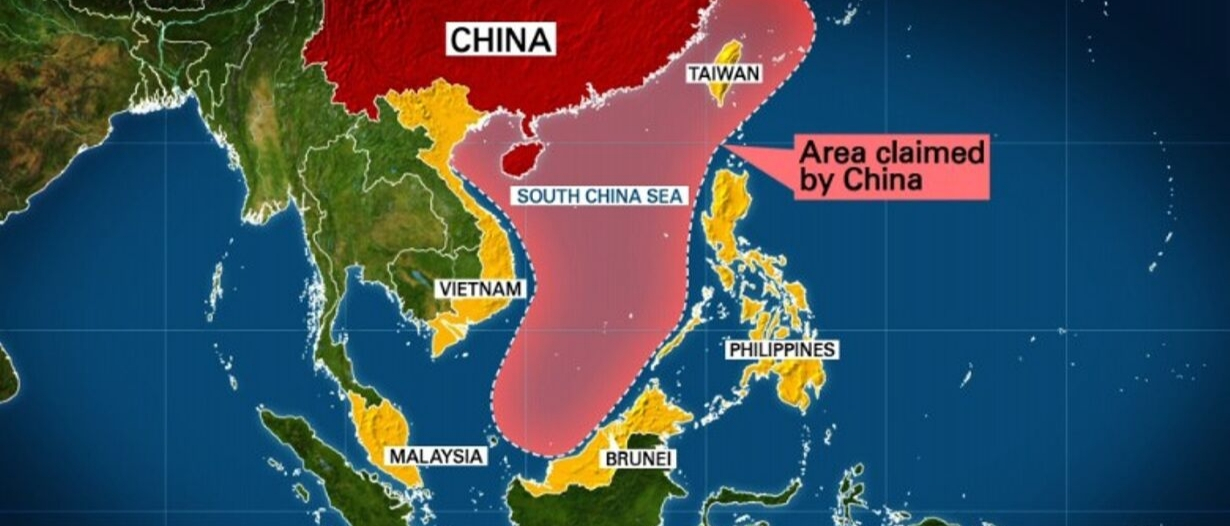
As nations navigate through these complex waters, the international community closely monitors the progress. The implications of the dispute go beyond the immediate stakeholders and have an impact on global trade routes and maritime stability. It is crucial to prioritize diplomatic resolutions and adhere to legal frameworks, such as UNCLOS, to foster regional cooperation and prevent any further escalation.
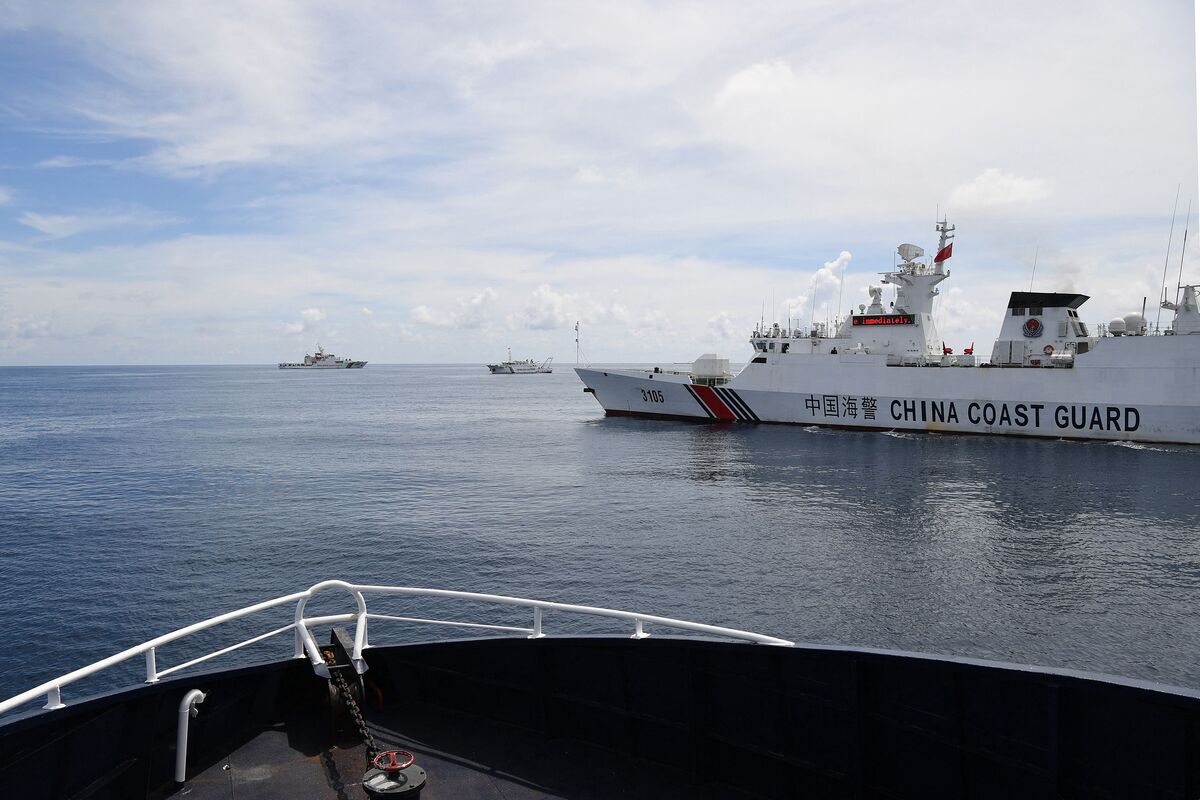
Military exercise in the South China Sea
In summary, the South China Sea/West Philippine Sea dispute is a multifaceted issue that has a long history, intricate legal aspects, and wider geopolitical consequences. It is crucial to prioritize diplomatic approaches, adhere to international law, and encourage global cooperation to foster stability in the region. As the international community watches, the aspiration is for a peaceful and cooperative resolution among the nations involved.
Ⓒ Copyright 2023. All Rights Reserved Powered by Vygr Media.

